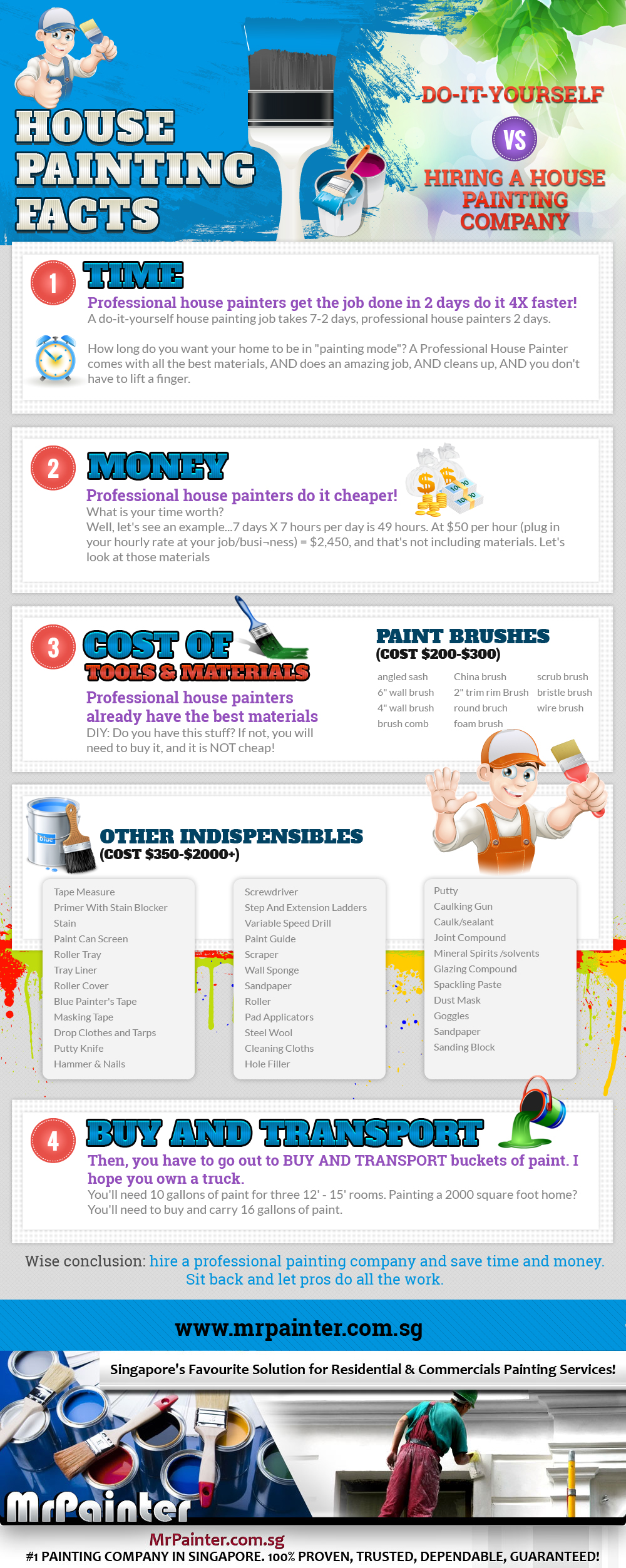Check Out The Influence Of Seasonal Components On The Effectiveness Of Business External Paint And Recognize The Optimum Times To Attain Long-Lasting Outcomes For Your Task
Check Out The Influence Of Seasonal Components On The Effectiveness Of Business External Paint And Recognize The Optimum Times To Attain Long-Lasting Outcomes For Your Task
Blog Article
Created By-Burnham Rosendal
When you're preparing a business exterior painting job, seasonal elements can make or damage your outcomes. You'll want to take into consideration how temperature level and humidity effect paint application and drying out times. Picking the ideal period can ensure your paint adheres effectively and lasts much longer. But which periods are genuinely the best for this type of work? Let's explore the crucial elements that can affect your job's success.
The Influence of Temperature Level on Paint Application
When you're planning an industrial exterior painting task, the temperature can significantly affect exactly how well the paint sticks and dries.
Preferably, you want to repaint when temperature levels vary in between 50 ° F and 85 ° F. If it's as well cool, the paint might not cure appropriately, causing concerns like peeling or fracturing.
On the other hand, if it's too warm, the paint can dry out also swiftly, protecting against appropriate attachment and resulting in an unequal finish.
You ought to additionally consider the moment of day; morning or late afternoon provides cooler temperature levels, which can be extra beneficial.
Always inspect the producer's recommendations for the certain paint you're making use of, as they usually provide advice on the perfect temperature level range for optimal outcomes.
Humidity and Its Effect on Drying Times
Temperature level isn't the only ecological factor that influences your industrial exterior paint task; moisture plays a considerable function also. High humidity levels can reduce drying times dramatically, affecting the general high quality of your paint job.
When the air is filled with moisture, the paint takes longer to treat, which can lead to issues like bad adhesion and a greater risk of mold growth. If you're repainting on a specifically moist day, be gotten ready for extensive delay times between coats.
It's important to monitor regional climate condition and strategy as necessary. Ideally, go for moisture levels in between 40% and 70% for optimum drying out.
Keeping these consider mind ensures your project stays on track and supplies a long lasting surface.
Best Seasons for Commercial Outside Paint Projects
What's the most effective season for your commercial external painting tasks?
Springtime and early fall are usually your best bets. Throughout these periods, temperatures are light, and humidity degrees are commonly lower, developing suitable conditions for paint application and drying out.
Avoid summer season's intense heat, which can create paint to completely dry also promptly, causing inadequate bond and coating. Likewise, winter season's cold temperature levels can hinder appropriate drying and curing, risking the durability of your paint job.
Go for days with temperature levels in between 50 ° F and 85 ° F for optimum outcomes. Remember to inspect the regional weather report for rainfall, as wet problems can spoil your project.
Preparation around these variables guarantees your painting task runs smoothly and lasts longer.
Final thought
In conclusion, preparing your commercial exterior paint jobs around seasonal considerations can make a significant distinction in the outcome. By Read This method during the optimal temperatures and moisture degrees, you'll ensure better attachment and drying out times. Bear in mind to keep an eye on local weather report and pick the right time of year-- spring and very early loss are your best options. Taking these actions will assist you achieve a resilient and specialist finish that lasts.
